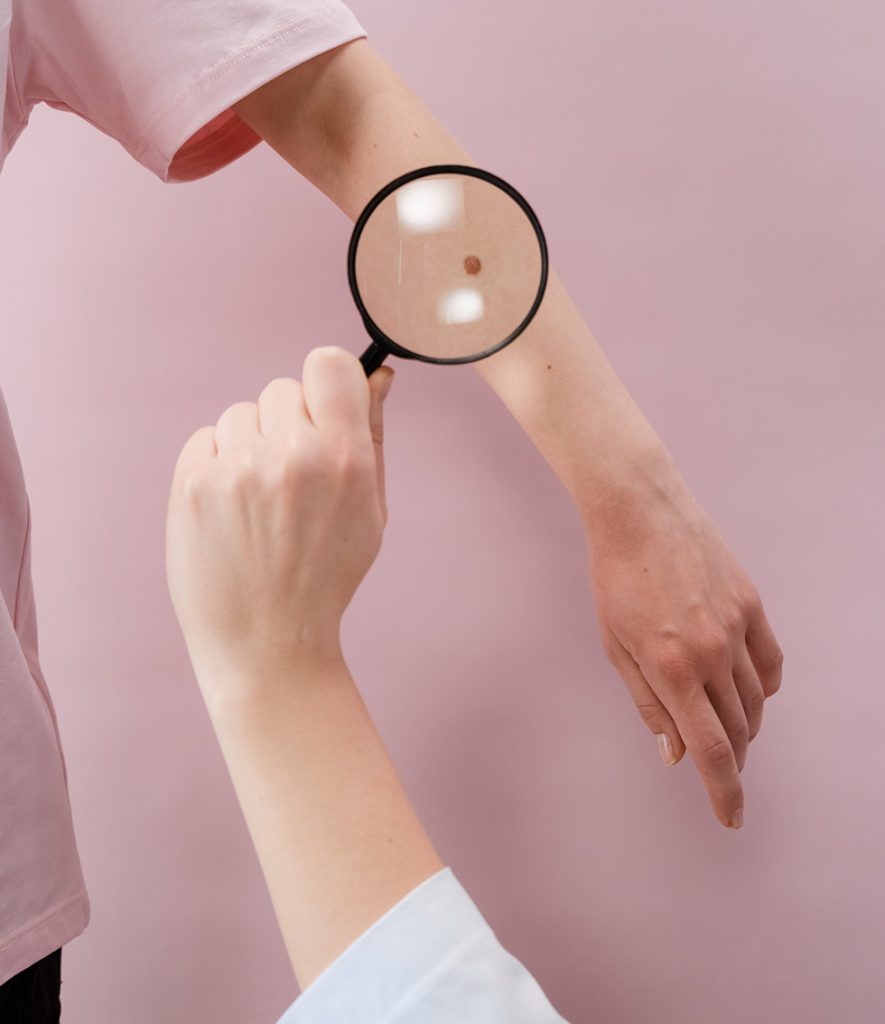Search for a trusted dermatologist near you for consultation.
Search for a trusted dermatologist near you for consultation.
Blog Article
Mohs Surgery Explained: A Secret Treatment in Dermatology for Handling Skin Cancer Cells Successfully
In the world of dermatology, Mohs surgical procedure stands as an essential treatment for combating skin cancer cells, specifically basic cell and squamous cell cancer. What specifically makes Mohs surgery so reliable and just how does it add to positive individual results?
Comprehending the Basics of Mohs Surgery
Although it might sound facility, Mohs surgical procedure is a specific medical method utilized primarily to treat skin cancer cells. Called after Dr. Frederic E. Mohs, who developed the procedure, it gives the greatest remedy rate for certain sorts of skin cancers, including basic cell cancer and squamous cell carcinoma. The primary purpose of Mohs surgical procedure is to eliminate all cancer cells while sparing as much healthy and balanced tissue as possible. It works as a favored choice for cancers located in cosmetically sensitive or functionally vital areas like the face, hands, feet, and genital areas. Its precision and high success rate have made Mohs surgical procedure a keystone in dermatology, using wish to people worldwide. It is essential to keep in mind, however, that this procedure is normally reserved for details sorts of skin cancer cells.

The Procedure: Step-by-Step Failure of Mohs Surgery
While Mohs surgery might appear challenging, recognizing the detailed treatment can aid debunk the procedure. If cancer cells are found, the doctor gets rid of an additional layer of skin and the procedure is duplicated. This cycle proceeds up until no more cancer cells are discovered, guaranteeing the full removal of cancer while maintaining as much healthy skin as possible.
The Benefits of Mohs Surgical Procedure in Skin Cancer Therapy
An outstanding variety of clients have actually discovered the special advantages of Mohs surgery in their battle versus skin cancer. Related to for its accuracy, this technique targets malignant cells while maintaining surrounding healthy and balanced cells, resulting in marginal scarring. Its high accuracy minimizes the opportunity of cancer reappearance, providing individuals with comfort. The procedure is usually executed on an outpatient basis under regional anesthetic, making it much less exhausting on the body than even more intrusive surgeries. Even more, as it includes prompt microscopic evaluation of the eliminated cells, it ensures total cancer cells elimination in a solitary go to. Therefore, it removes the requirement for several surgical procedures, conserving time and decreasing stress for people. Subsequently, Mohs surgical procedure offers a superior option for effective skin cancer treatment.
Feasible Threats and Issues Related To Mohs Surgical Treatment
Despite its countless benefits, Mohs surgical treatment is not without prospective risks and complications. Like all procedures, it carries a threat find here of infection, blood loss, and an unfavorable response to anesthetic. In unusual cases, people might experience nerve damage, bring about tingling or weakness in the area of surgery. There's also the opportunity of a recurrence or spread of skin cancer cells, specifically if all cancerous cells were not totally gotten rid of throughout the treatment. Scarring is another problem, as it can be obvious depending upon the size and place of the cured location. Finally, the psychological impact of a skin cancer cells diagnosis and succeeding surgical treatment need to not be underestimated, as it can result in anxiousness and depression in some individuals.
Planning for and Recovering From Mohs Surgery: What to Expect
To make sure the finest feasible end result from Mohs surgical treatment, patients require to effectively prepare for the treatment and comprehend what mohs surgery to anticipate during recovery. Some medicines might require to be stopped before the surgery to lessen bleeding. The secret to recuperation is patients' adherence to their health care service provider's directions.
Final thought

Report this page